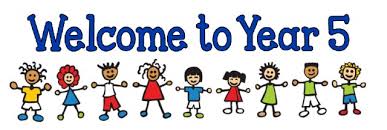
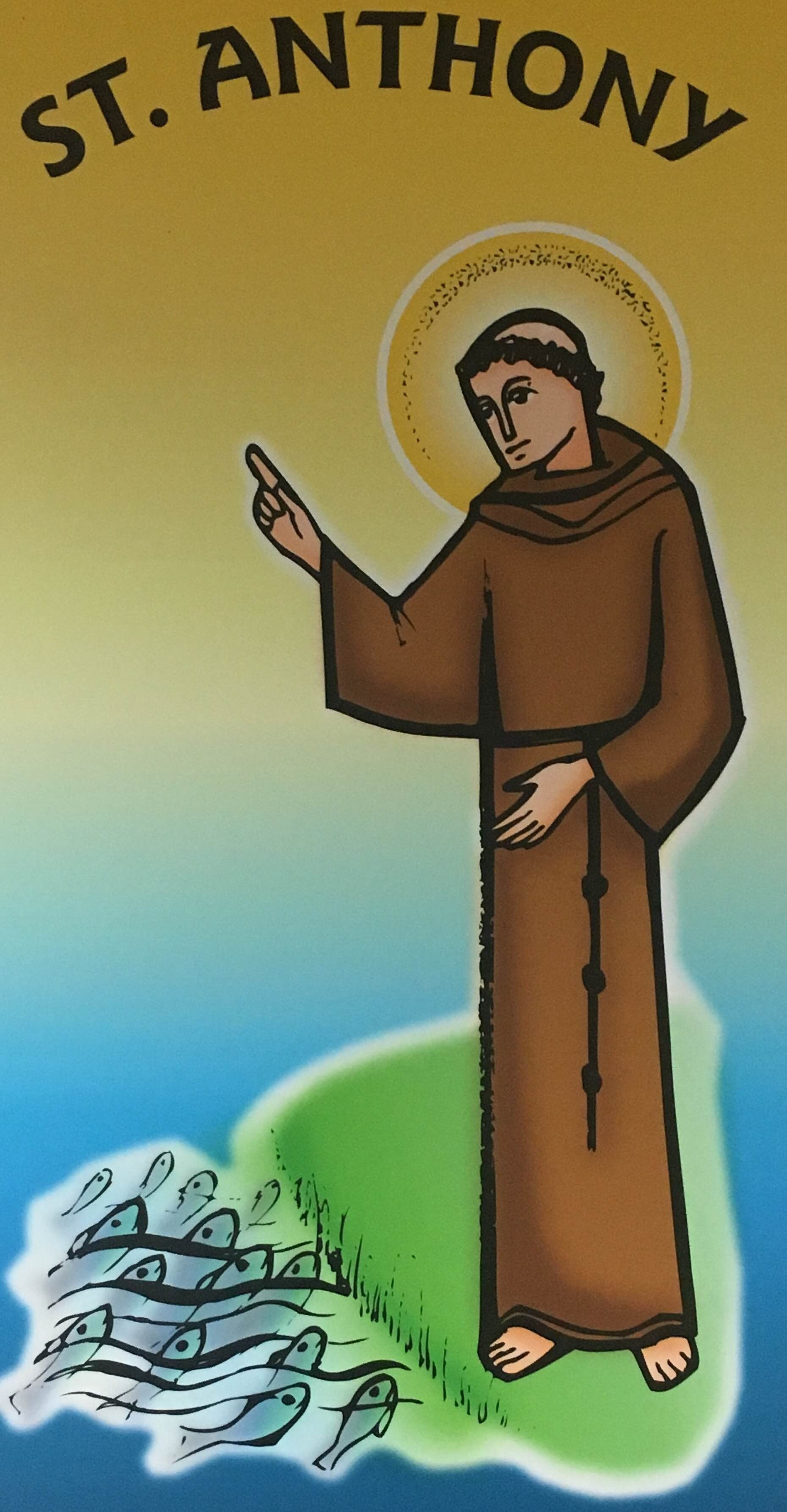
This very popular saint was born at Lisbon in Portugal in a wealthy family. He was baptized and named "Ferdinand." His parents wanted him to be a great nobleman but when Anthony grew up he wanted to become a priest. He received an excellent education from the Augustinian friars and joined the order. When he was twenty-five, his life took an exciting turn. He heard about how some Franciscans - St. Berard and his companions had been martyred by the Moors in Morocco for their faith in Jesus.
From then on, Ferdinand felt a strong desire to die for Christ and he joined the Franciscans. This order was very new. St. Francis himself was still alive. Ferdinand took the name "Anthony." He went off to Africa to preach to the Moors but he soon became so sick that he had to return to Italy. The other Franciscan friars had no idea how brilliant and talented Anthony was or of how much education he had received. He never spoke about himself. So the Franciscan superiors assigned him to a quiet friary in Italy. There he washed pots and pans without complaint.
One day, at a large gathering of priests, when the speaker failed to arrive, Anthony was forced to preach. He preached such a marvelous sermon that everyone who heard him was most impressed. From then on, until he died nine years later, St. Anthony preached all over Italy and France. He was so popular that people even closed their stores to go to hear him. St. Anthony died at Arcella, near Padua, Italy, on June 13, 1231 when he was just thirty-six. After he died, people often prayed to St. Anthony in times of physical as well as spiritual needs and many miracles have taken place through the intercession of St. Anthony. That is why he is called the "wonder-worker." The statue of St. Anthony shows him with Baby Jesus because Baby Jesus appeared to him. Other pictures show St. Anthony holding a bible. This is because he knew, loved and preached the Word of God so well. In fact, St. Anthony was so well educated especially in Sacred Scripture that Pope Pius XII proclaimed him the "Evangelical Doctor," or Doctor of Sacred Scripture.
Welcome to Year 5 St Anthony's clas page.
Our class teacher is Mr Dixon, and our teaching assistant is Miss Josy who works alongside both year 5 classes.
This term we will be focusing on developing the children’s skills in all curriculum subjects, further detail below.
All children are expected to read for 20 minutes at home at least 5 times a week and have an adult sign their reading record confirming that this reading has taken place on a daily basis. Children must bring their reading record book in every Friday and these will be checked every Monday to ensure that the 5-times-a-week reading has been taken place.
Maths and English homework will be set each week on Wednesday with a due date of the following Monday, the day it will be marked. The children will also have to complete some times table questions, spellings and handwriting sheets. There may be occasions when the children are asked to complete a further piece for another subject area.
I hope to have your support for the above arrangements and I am more than happy to discuss these with you at any time after school. If you have any questions or concerns, please do not hesitate to contact me via the School Office. 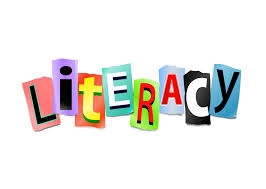
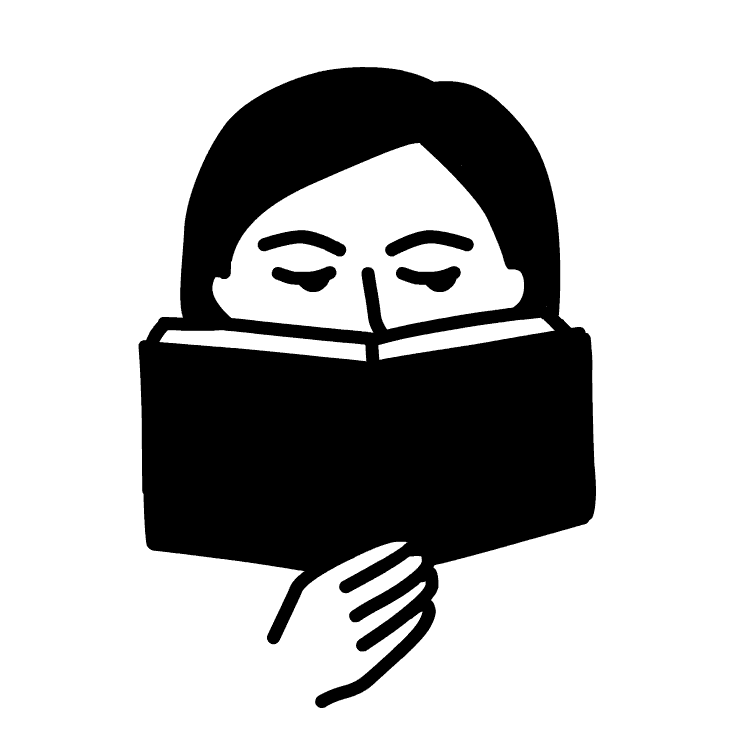
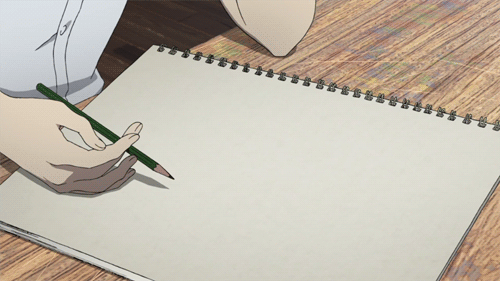
Reading – Collaborative reading groups to develop confidence and fluency of reading skills both during lesson time and outside of lesson time.
Big Writing – Develop beginnings to stories, plot developments and endings. Improve use of adjectives. To develop writing different styles e.g. diary entries, recounts, poetry, letters and descriptions.
Grammar & Punctuation – on going revision and consolidation of capital letters, full stops, speech marks, commas, semi-colons, colons, question marks, exclamation marks etc.
Weekly spellings – to develop children’s store of vocabulary. Each week follow a different spelling pattern.
Handwriting – exercises to practise and improve letter formation and presentation. We will focus on writing words that we have been studying for our spelling focus.
Click on the link below for helpful information and activities which are all literacy based;
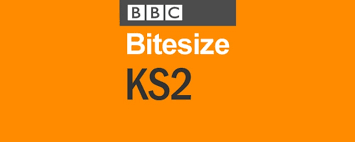
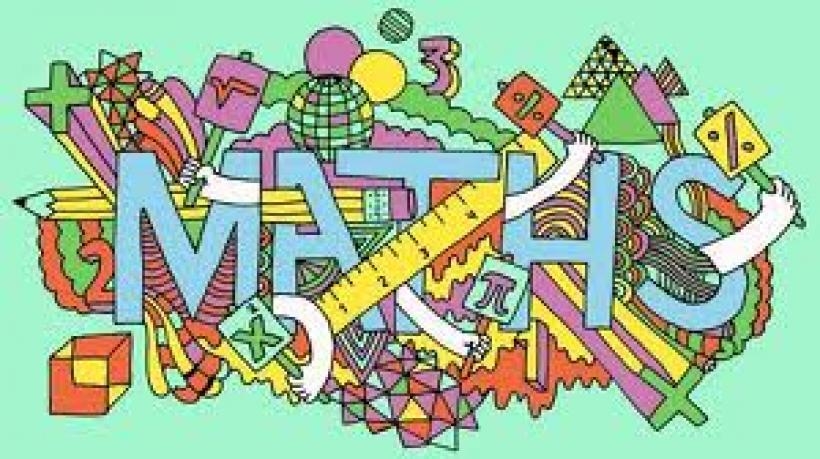
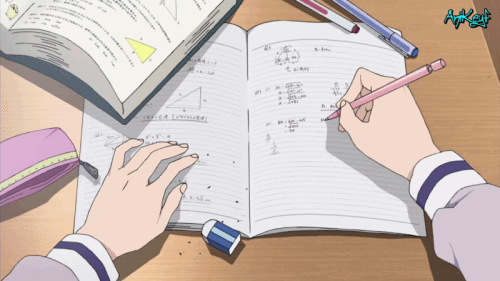
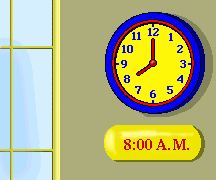
Autumn term Numeracy units:
Number and Place Value –
Read, write, order and compare numbers up to 1,000,000. Count forwards and backwards in powers of 10. Interpret negative numbers and count through 0. Round numbers. Read Roman numerals and recognise years.
Addition and Subtraction –
Add and subtract whole numbers with more than 4 digits. Complete mentally and use formal written methods. Solve multi-step word problems. Use rounding to check answers.
Multiplication and Division –
Identify multiples, factors and prime numbers. Multiply by 4 digit numbers. Multiply and divide mentally and use formal written methods. Multiply and divide by powers of 10.
Properties of Shape –
Identify 3D shapes. Know angles, estimate and compare. Draw and measure angles. Distinguish between regular and irregular polygons.
Position and Direction – Identify, describe and represent the position of a shape following a reflection or translation.
Tables Test –
Weekly tests for x0, x1, x 2, x 3, x 4, x5, x 6, x7, x8, x9 x10, x11and x12. Children to know inverse of these too.

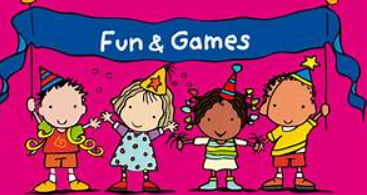
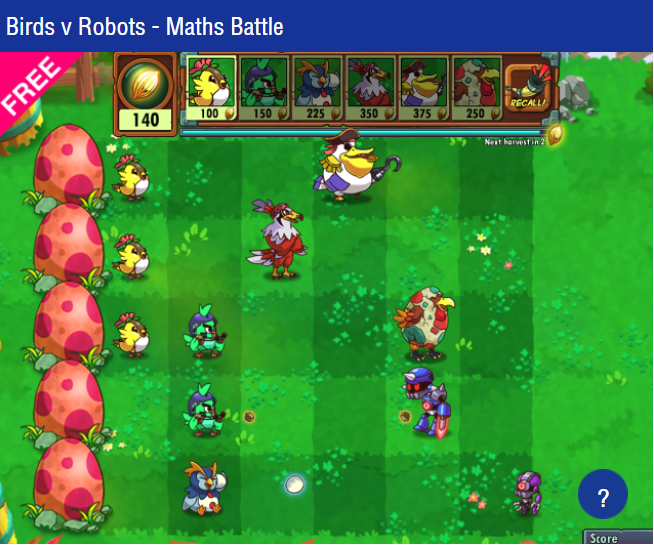
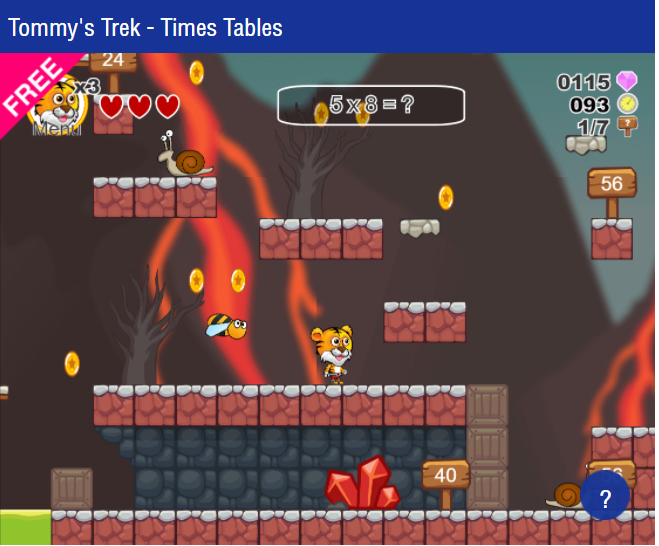
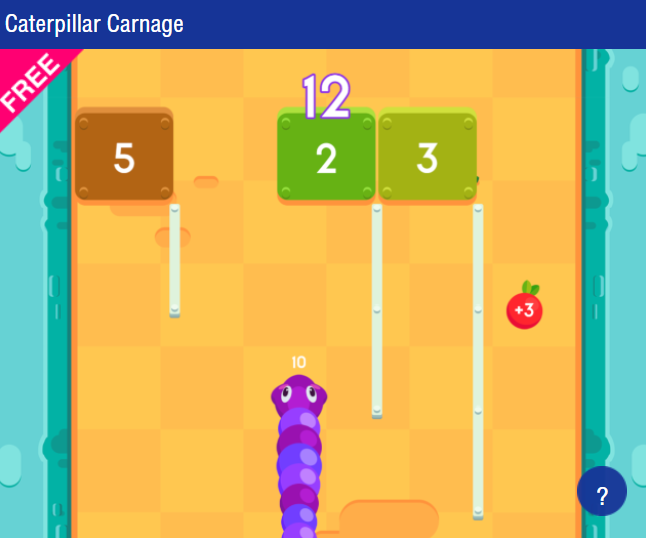
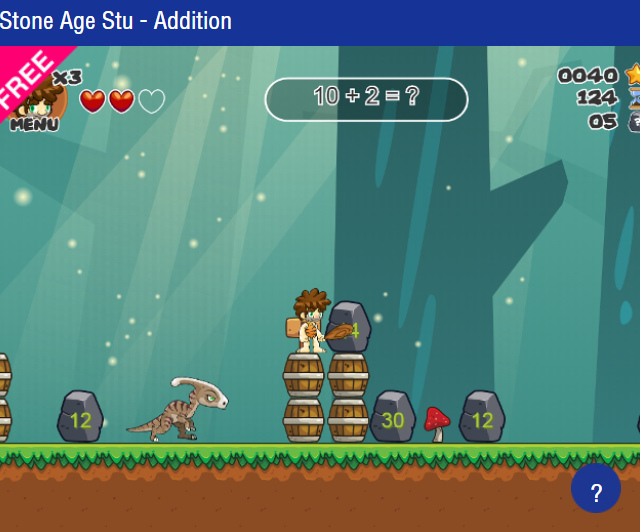
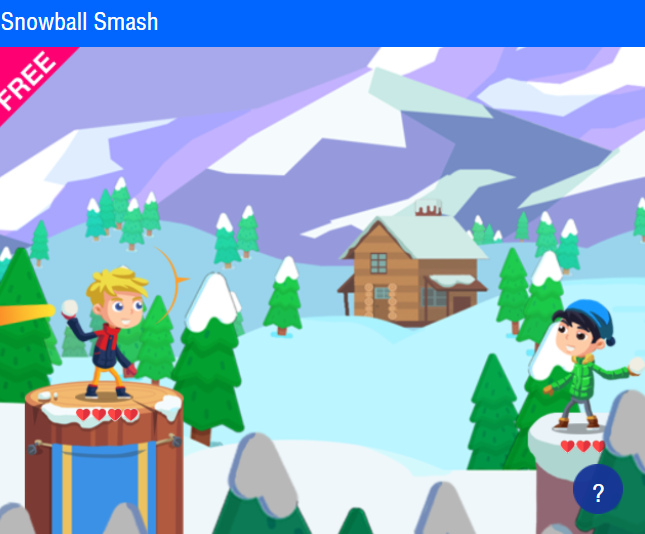
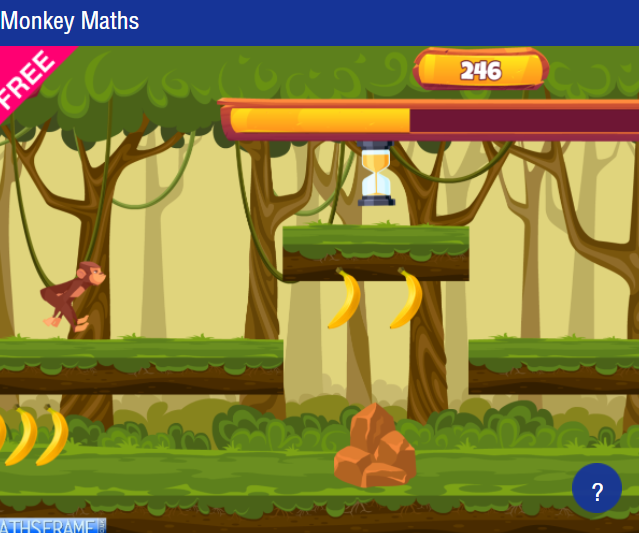

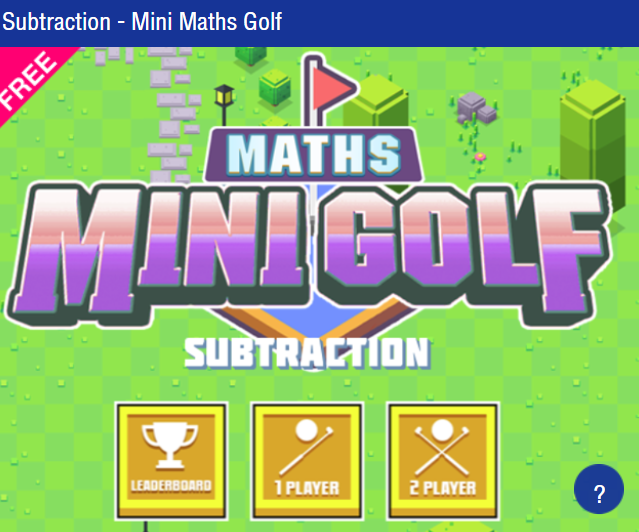
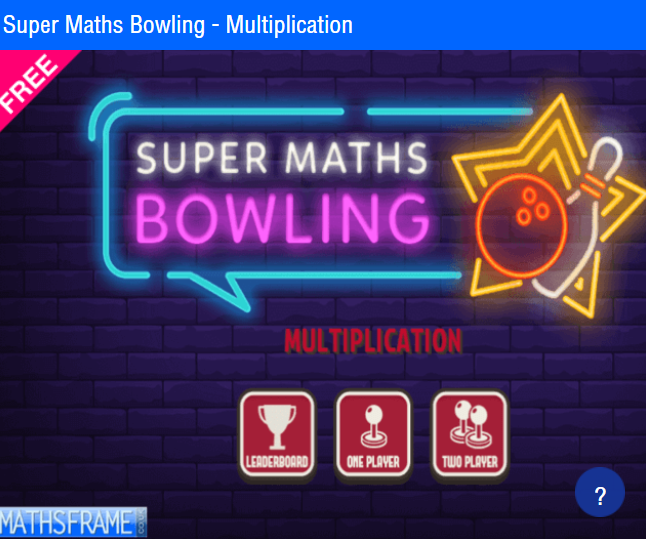
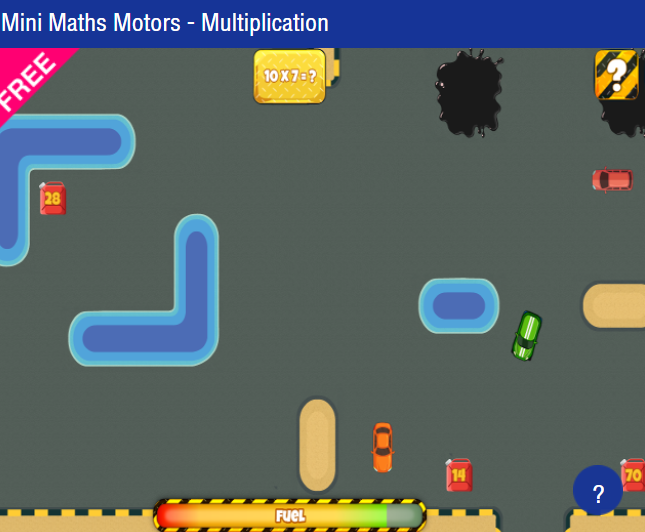
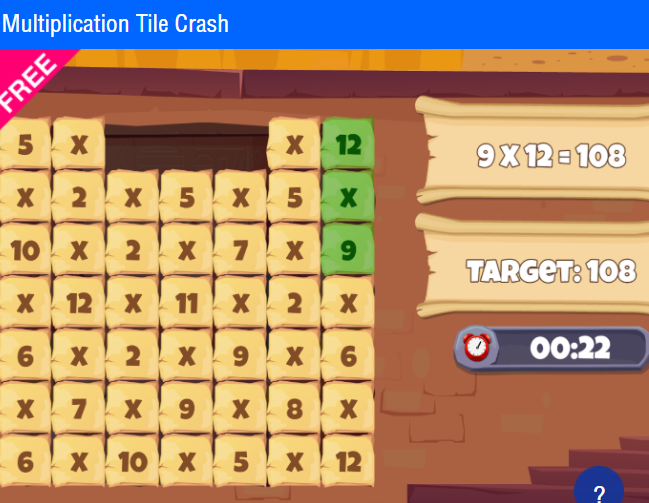
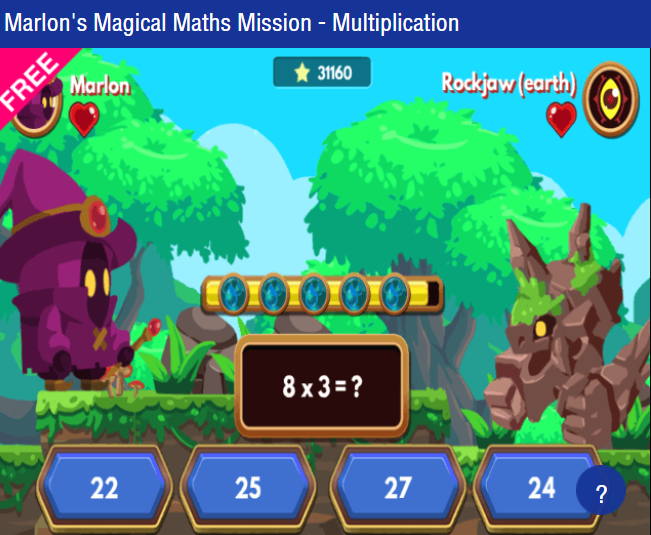
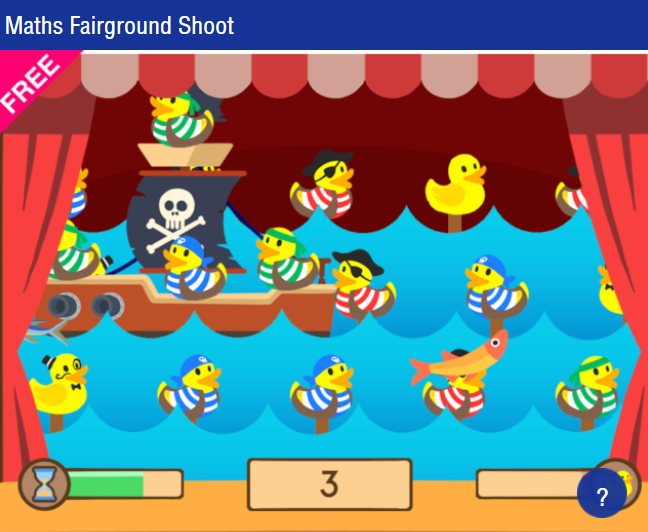
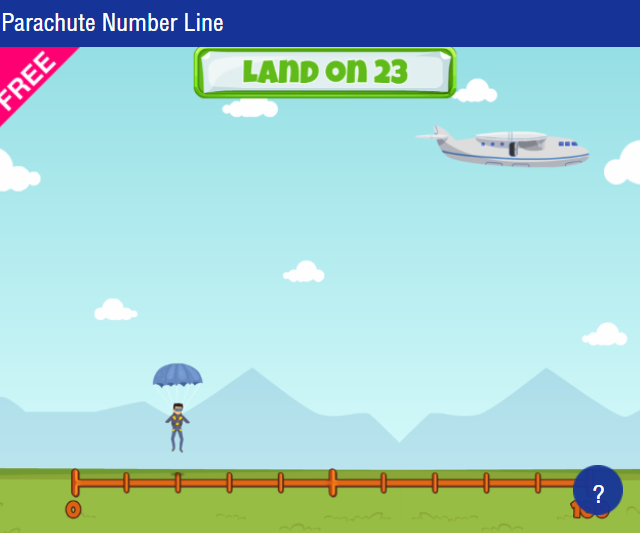
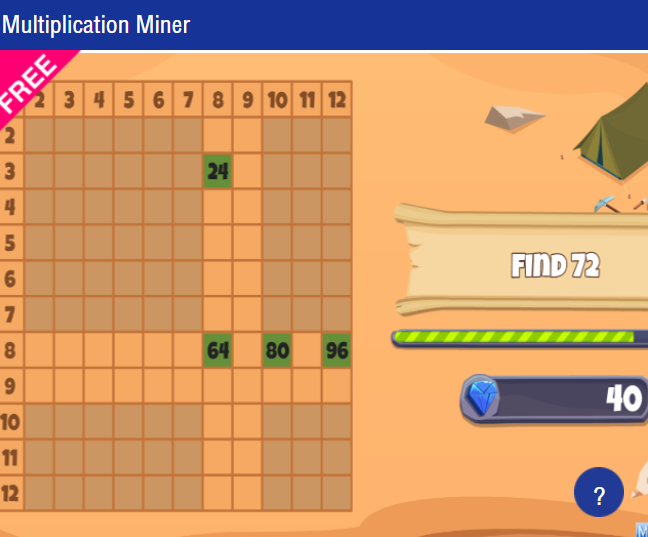
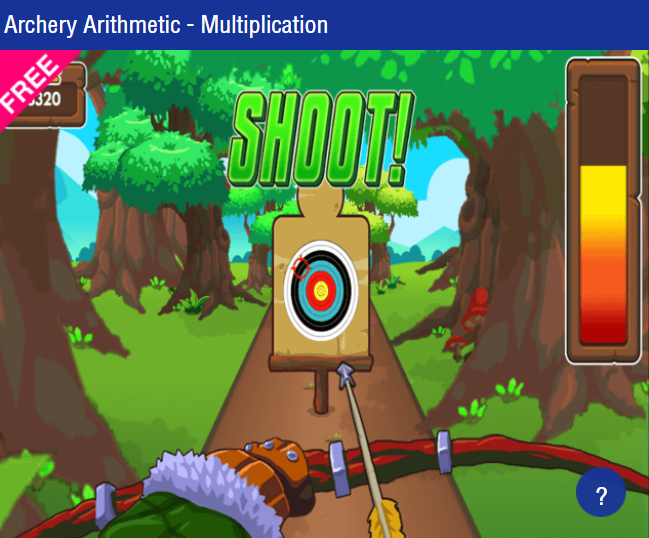
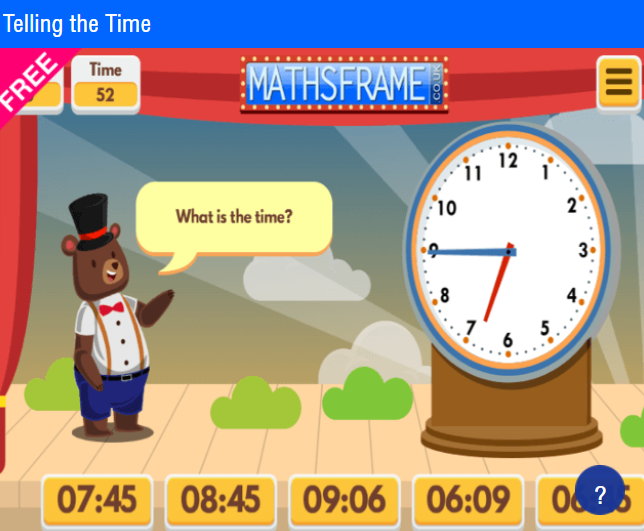
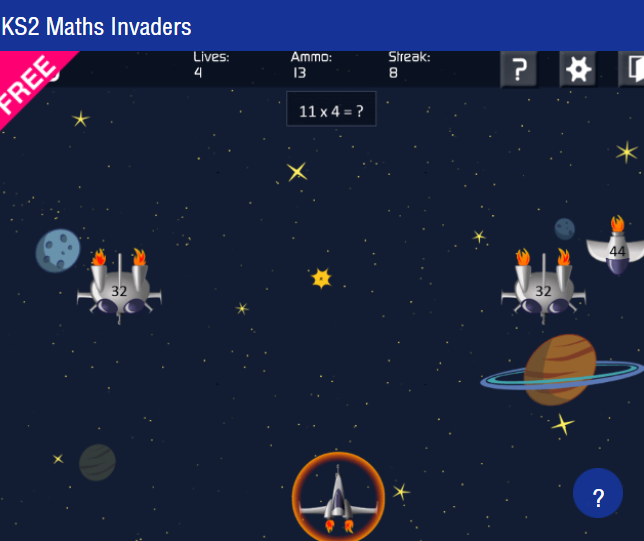
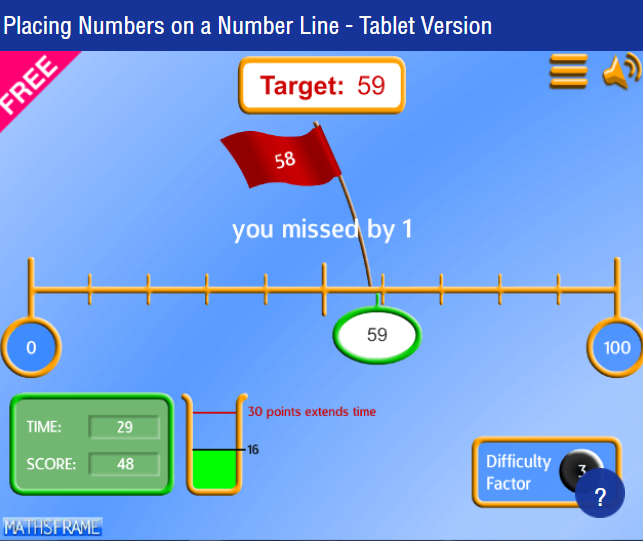
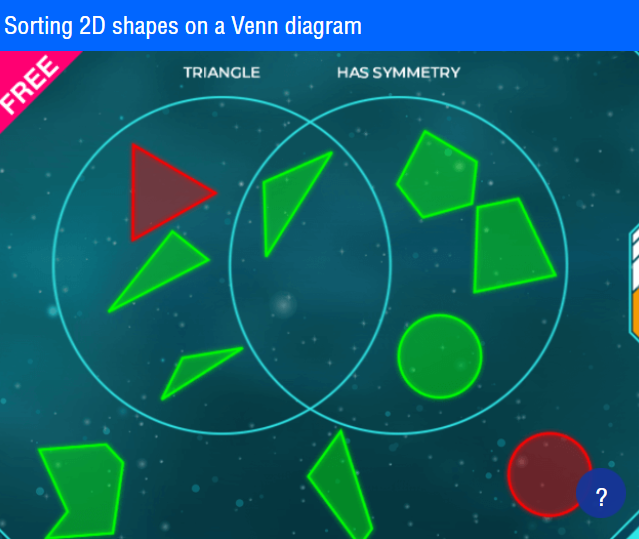
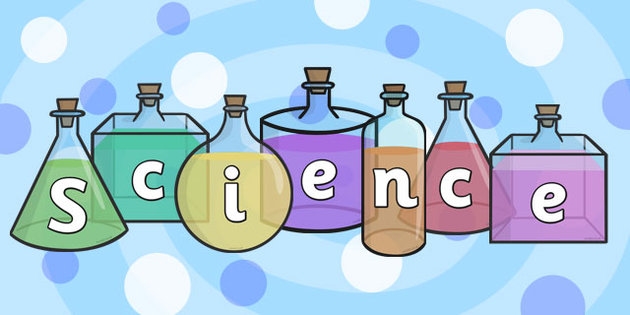

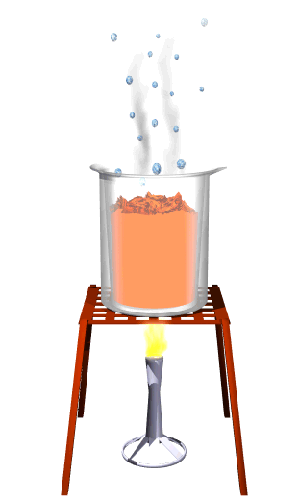
Properties and Changes of Materials –
In this unit children will compare and group together everyday materials on the basis of their properties. They should apply prior knowledge of solids, liquids and gases to decide how to separate mixtures. They should know that some materials would dissolve in liquid. They will demonstrate that dissolving, mixing and changes of state are reversible changes and explain that some changes result in the formation of new materials, and that this kind of change is not usually reversible. Children will prepare comparative tests throughout to aid knowledge and understanding.
Scientific Enquiry –
The children will:
-
Plan out an investigation.
-
Record findings in tables.
-
Take repeat readings.
-
Develop graphing skills.
Click on the link below for helpful information and activities which are all science based;

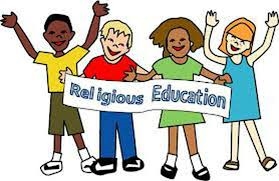
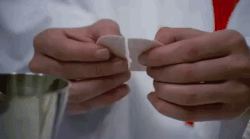
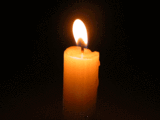
Creation and covenant
By the end of the unit pupils will be able to:
-
Retell the Moses story, focusing on the two key events of the call and the covenant (the Burning Bush; the Sinai covenant and the Ten Commandments
-
Make links between the Ten Commandments and Jesus’ summary of the law in Matthew’s Gospel
-
Correctly use developing specialist vocabulary to describe what a covenant is, recognising that God made several covenants throughout history, e.g., with Noah, Abraham, and Moses.
-
Correctly use developing specialist vocabulary to describe sin as deliberately spoiling our friendship with God and each other.
-
Know that a virtue is a positive habit that helps people live a good life.
-
Express a point of view about what are positive habits (virtues) and negative habits and how virtues might help them grow in goodness.
-
Reflect on their habits and where they could ‘grow in virtue’ to be better neighbours.
-
Discuss what loving our neighbour means for Christians today.
Spiritual Outcomes:
It is hoped that pupils will develop:
• A sense of the importance of the sacramental life of the Church
• A commitment to celebrating their faith
• An openness to the presence of God in the Sacraments
• Reflectiveness in prayer
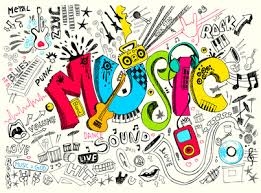
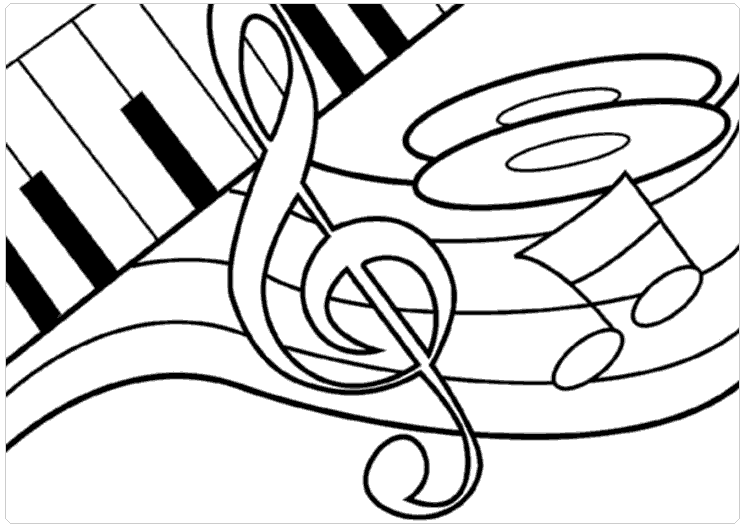

Sing up Music Scheme
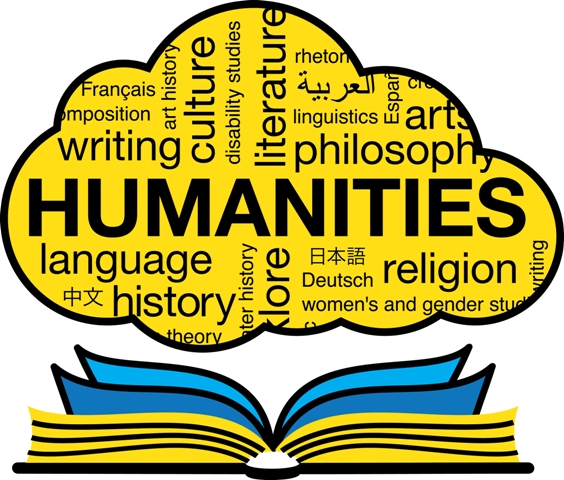
.gif)
.gif)
.gif)
Unit: The Alps
We will be focusing on the Alps. Throughout this unit we will be building up our knowledge of the Alps and be able to locate the Alps on a world map and identify and label the eight countries they spread through. Locate three physical and three human characteristics in the Alps. Research and describe the physical and human features of Innsbruck. Use a variety of data collection methods including completing a questionnaire, mapping their route and recording their findings in sketches or photographs. Compare the human and physical geography of their local area and Innsbruck. Describe at least four of the key aspects of the human and physical geography of the Alps to answer the enquiry question, ‘What is life like in the Alps?’


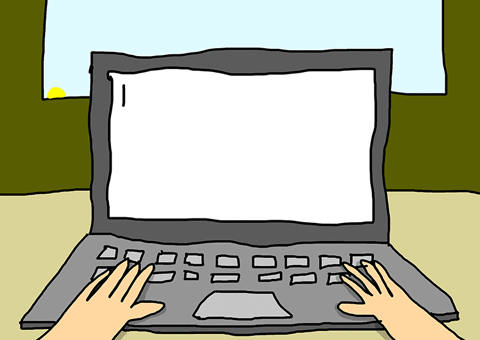
Online Safety and search engines
In this unit, children will learn about online safety with a focus on preventing and dealing with spam. They will consider the importance of strong passwords and learn how to create them. Children will build on their knowledge of plagiarism and fair use of people’s work by learning how to write citations and references for websites they may use. They will also learn about search engines and how to use them. They will learn to recognise the term ‘copyright’ and ‘fair use’ as well as understand the parallels between book searching and internet searching.
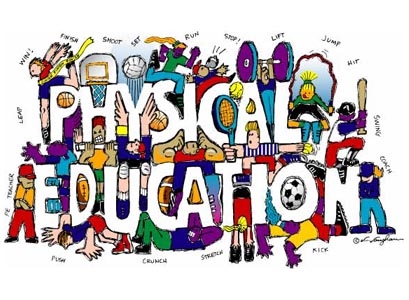
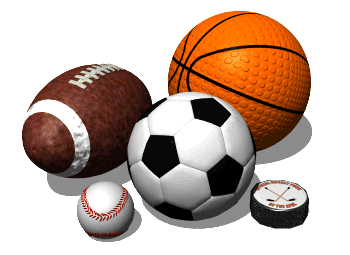

PE will take place on Monday and Thursday with our Non-Stop Action Coach. This term we will be focusing on Netball, Football, Dance and Gymnastics
Outdoor -
On Monday the children will have their outdoor lesson where they will focus on Football and Netball.
Indoor –
On Friday the children will have their indoor PE lesson which will focus on Dance and Gymnastics.
In addition, please ensure that your child has the correct PE kit in school ready for every lesson.
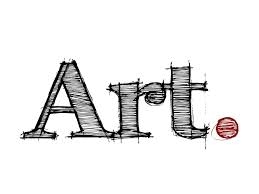
Our focus this term is Craft and design architecture. Throughout this unit the children will be able to Sketch a house from first-hand or second-hand observation. Use basic shapes to place key features and form the composition, measuring to work out proportions. Notice small details to incorporate into the drawing by observing. Select a section of their drawing that creates an interesting composition, with a variety of patterns, lines and texture. Follow steps to create a print with clear lines, with some smudging. Purposefully evaluate their work, demonstrating what went well and what could be improved. Create a building design based on a theme or set purpose. Draw a plan view or front elevation of their building, annotating the key features. Discuss Hundertwasser’s work and recognise his style. Create a factual presentation about Hundertwasser in a visually pleasing way. Show understanding of what a monument is for by designing a monument that symbolises a person or event. Describe their monument and explain their choices. Give constructive feedback to others about their monument designs.
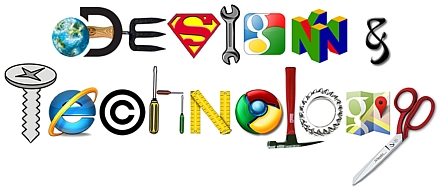
The children will be producing a pop-up book where they will plan the structure of the book and creating a suitable plan for each page of their book. They will assemble the components necessary for all their structures/mechanisms, hide the mechanical elements with more, use a range of mechanisms and structures to illustrate their story. Throughout this unit they will use appropriate materials and captions to illustrate the story and complete their pop-up books.
The children will also create electrical doodlers where they will identify simple circuit components (battery, bulb and switch) with a basic explanation of their function. They will then create a functional Doodler that creates scribbles on paper with or without a switch. Identify and list each of the required materials, tools and circuit components required to build a Doodler. Explain simply the steps to assemble a Doodler and write instructions to build a functional circuit.
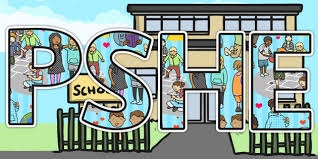
UKS2 Module One: Created and Loved by God.
This explores the individual. Rooted in the teaching that we are made in the image and likeness of God, it helps children to develop an understanding of the importance of valuing themselves as the basis for personal relationships:
Unit 1 – Religious Understanding explores the Gospel story of the ‘Calming of the Storm’ (from Matthew, Mark and Luke). Over five story sessions, children will consider experiences of change, growth and development, and the trust that they can have in the person of Jesus through times of trial and tribulation.
Unit 2 – Me, My Body, My Health, children will learn that celebrating differences between people is enriching to a community and know that their self-confidence should arise from being loved by God. They will learn about the physical changes that boys and girls go through during puberty and how they should respect and take care of their bodies as gifts from God.
Unit 3 – Emotional Well-Being helps children learn about pressures that they may experience from themselves, others and the media. Children will develop ideas on how to build resilience through thankfulness, use simplified CBT techniques to manage their thoughts, feelings and actions and cope with new or difficult feelings such as romance and rage.
Unit 4 – Life Cycles, children will learn about God’s design for creating new life through a more nuanced understanding of menstruation, fertility, conception, fetal development in the womb and childbirth